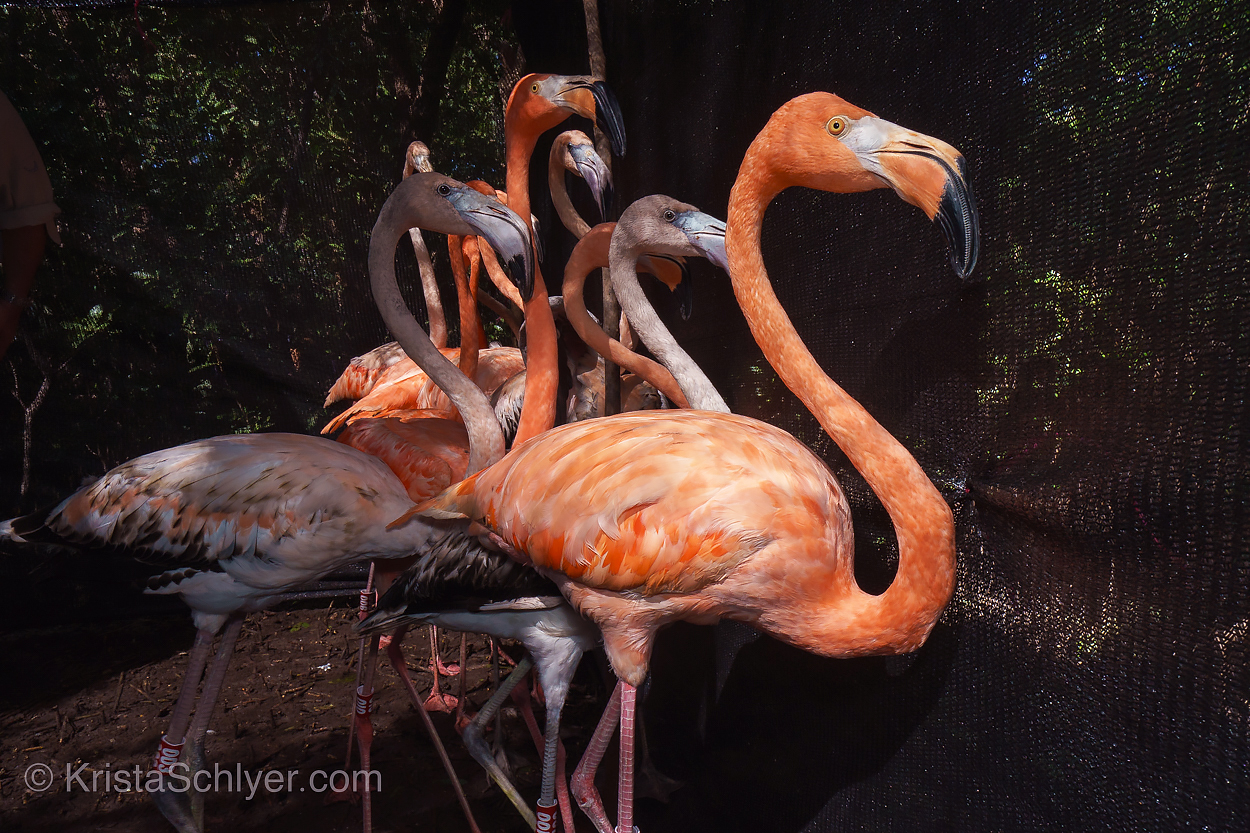They were no longer wild creatures with their own endeavors toward life. They were curios and props for a culture of beings often too obsessed with being seen to see for themselves what is right in front of them. A wild bird mutilated. A creature of flight, flightless.
Tag Archives: bird
New Film: Border Walls and Boundaries
The US-Mexico border wall boondoggle didn’t start with Donald Trump. Despite its exorbitant cost, wasteful, ineffective nature, and destructive impact, all of the current presidential hopefuls – on both sides of the political spectrum – have voted in support of border wall on the southern US border. Bernie in 2013, Hillary in 2006, Ted CruzContinue reading “New Film: Border Walls and Boundaries”

